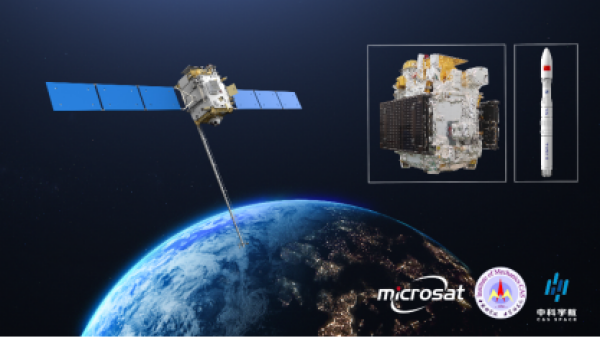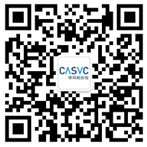China to Launch "Innovation X Scientific Flight" Program, Payloads Open for Application Worldwide
time:2023-08-01author:母基金source:本站click:842

"Lijian-1" and "Innovation X" Satellite
“Innovation X Scientific Flight” program, a new paradigm for low-cost space science and new technology experiments, was launched on July 27, 2023 and opens call for new payloads and products that require in-orbit verification worldwide.
Utilizing the launch opportunities of the "Lijian-1" rocket, the “Innovation X Scientific Flight” program plans to launch four scientific nano satellites weighing 50kg, two micro-satellites weighing 100kg, and one scientific experimental satellite weighing 600kg every year.
The program was jointly announced by the Innovation Academy of Microsatellite (IAMC) of Chinese Academy of Sciences and Zhongke Aerospace Exploration Technology Company, and will “provide comprehensive and integrated launch services for global scientists, research institutions, universities, and space companies,” according to ZHANG Yonghe, the Chief Designer from IAMC.
“Lijian-1” solid-fuel carrier rocket made its maiden flight success on July 27, 2022 , carrying the “Innovation X” series of scientific experimental satellites into orbit. The satellite carried science exploration payloads including the EP-WXT Pathfinder "Lobster Eye Imager for Astronomy (LEIA)" instrument, High-Energy Burst Searcher (HEBS), 46.5nm Solar Upper Transition Region Imager (SUTRI), and CPT Atomic Magnetic Field Precision Measurement Instrument. While validating novel technologies, these payloads have also achieved exciting scientific outcomes.
The “Innovation X” satellite weighs approximately 650kg and was equipped with a rich interface, flexible configuration, and dynamically integrated experimental platform. It carried more than 20 new payloads and new technological products, completing 44 space technology verifications in orbit.
The verifications encompass a wide range of novel technologies, including all-aluminum freeform camera, the multifunctional integrated camera, the cryogenic infrared perception camera, edge computing-type vision chips, InSb infrared detectors, and aerospace-grade semiconductor temperature control.
They also involved component technologies such as micro-newton level cold gas micro-thrusters, ultra-high frequency pulse tube cryocoolers, 3D printed titanium alloy high-pressure gas storage structures, and domestically produced non-magnetic optical fibers for space use.
Some of the technological products verified through “Innovation X” have achieved wider application.
The newly announced "Innovation X Scientific Flight" program will provide services to a broader community of global scientists to continue exploring new paradigms for space science exploration and technology verification, said YANG Yiqiang, the President of CAS SPACE.
Leveraging the launch opportunities of the Lijian-1, the program aims to launch seven satellites annually, offering a comprehensive payload-carrying service to scientists, research institutions, universities, and space companies worldwide.
"In every launch mission of the Lijian-1 launcher, we will reserve dedicated space for scientific experimental satellites, providing flexible and convenient orbital opportunities to support the development of space science and technology through innovative approaches," said YANG.
Numerous new payloads and technology products for space science and applications remain confined to laboratories or ground testing phases. "This joint effort of rockets and satellites seeks to establish a sustainable, cost-effective in-orbit verification model, helping more scientists and technologists realize their space dreams," said ZHANG Yonghe.

